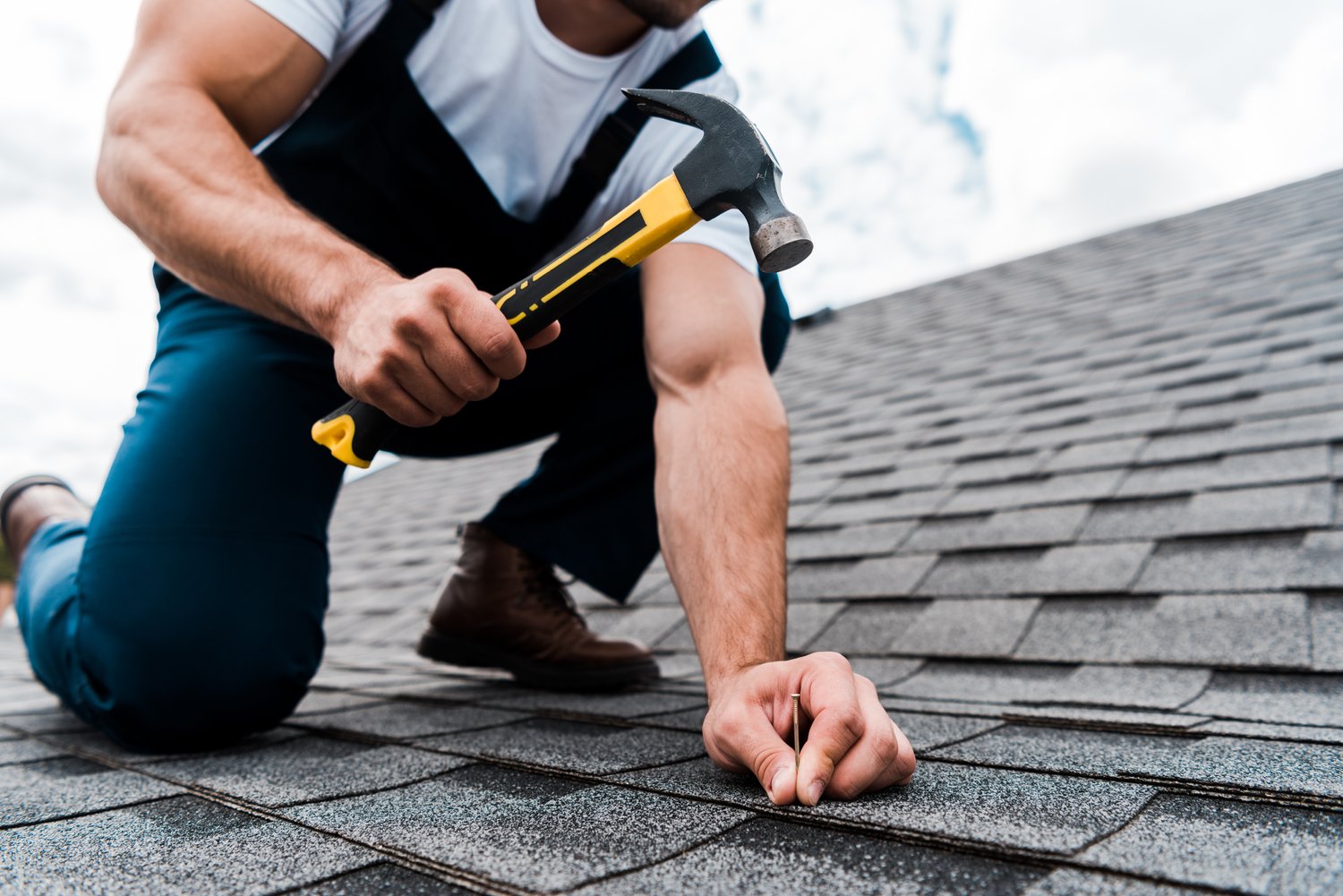As winter fades and spring approaches, homeowners should take the time to assess their roof’s condition. The colder months can leave behind hidden damage, from loosened shingles to clogged gutters, that may lead to costly repairs if left unaddressed. A proactive approach to roof maintenance ensures your home remains protected from spring storms and fluctuating temperatures.
Why Spring Roof Maintenance Matters
The transition from winter to spring often brings heavy rains and temperature shifts, both of which can expose vulnerabilities in your roof. Snow, ice, and strong winds may have loosened shingles or caused minor leaks that go unnoticed until they escalate into larger problems. Regular inspections and maintenance help identify these issues early, preventing more extensive damage and ensuring your home remains safe and energy-efficient.
By addressing small problems now, homeowners can avoid unexpected repair costs and extend the lifespan of their roof. Working with a professional roofing contractor provides peace of mind, as experts can assess damage that may not be visible from the ground.
Inspecting Your Roof After Winter Weather
The first step in spring roof maintenance is a thorough inspection. Homeowners should look for missing, curling, or cracked shingles that may have been damaged by ice or wind. Discoloration or dark spots on the roof can indicate moisture buildup, which may lead to mold and structural issues.
Flashing around chimneys, vents, and skylights should also be checked for any gaps or cracks. These areas are common entry points for water leaks, and sealing any damage now prevents costly water infiltration later. While some minor repairs can be handled independently, a professional roofer can provide a comprehensive assessment and ensure all potential risks are addressed.
Clearing Gutters and Downspouts for Proper Drainage
Gutters play a critical role in directing water away from your home, but they often become clogged with leaves, twigs, and debris after winter. Blocked gutters can cause water to back up onto the roof, leading to leaks and deterioration. Ensuring that gutters and downspouts are clear allows for proper drainage, preventing unnecessary stress on your roof and foundation.
Professional gutter cleaning services can efficiently remove debris and inspect for any sagging or damage that may need repair. Installing gutter guards can also help reduce future buildup, minimizing maintenance needs throughout the year.
Addressing Moss and Algae Growth
The damp conditions of winter create an ideal environment for moss and algae to develop on roofing materials. These growths not only impact the roof’s appearance but can also retain moisture, leading to premature deterioration of shingles. In some cases, moss can lift shingles and expose the underlayment to water damage.
Soft washing techniques, using professional-grade cleaning solutions, can safely remove moss and algae without harming the roofing materials. Professional roofers have the necessary tools and experience to eliminate these issues effectively while preventing regrowth.
Checking for Signs of Interior Water Damage
Sometimes, roof damage isn’t immediately visible from the outside. Checking your attic and ceilings for signs of water intrusion is just as important as inspecting the exterior. Water stains, peeling paint, or musty odors can all indicate leaks that have formed over the winter months.
Addressing these leaks promptly prevents mold growth and structural damage. A roofing professional can pinpoint the source of the leak and recommend the best course of action, whether it’s a minor repair or a full section replacement.
Sealing and Repairing Roof Flashing
Roof flashing, typically made of metal, is installed around chimneys, vents, and other roof penetrations to prevent water from seeping inside. Over time, exposure to temperature fluctuations can cause flashing to loosen or corrode, leading to leaks. Spring is the perfect time to ensure all flashing is properly sealed and secured.
If flashing appears rusted or cracked, replacing it with more durable materials like aluminum or galvanized steel can provide long-term protection. This small but essential repair helps prevent water damage and extends the overall integrity of the roof.
Scheduling a Professional Roof Inspection
While DIY inspections can reveal obvious damage, many roofing issues require a trained eye to identify. A professional roofer can conduct a detailed assessment, checking for subtle signs of wear that might otherwise go unnoticed. From evaluating ventilation systems to inspecting underlayment conditions, an expert inspection provides a complete understanding of your roof’s health.
Routine inspections also help with long-term planning, allowing homeowners to budget for future repairs or replacements as needed. Contractors can provide expert recommendations on maintenance strategies to maximize the roof’s lifespan.
Preparing for Spring Weather with Preventative Maintenance
Spring storms bring strong winds and heavy rainfall, both of which can stress an already weakened roof. Taking the time to secure loose shingles, reinforce flashing, and clear drainage pathways reduces the risk of storm-related damage. Preventative maintenance is the best way to avoid emergency repairs when unpredictable weather strikes.
For homeowners looking to protect their property, AskHomey.com offers a network of trusted roofing professionals ready to help with seasonal maintenance and inspections.
For more expert home care tips, follow us on Instagram and Facebook.



